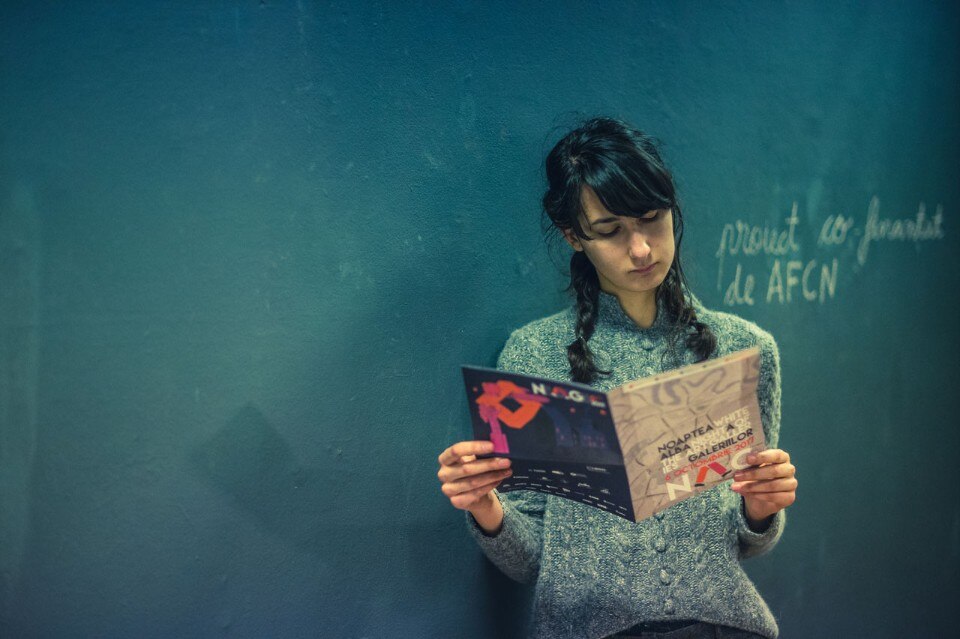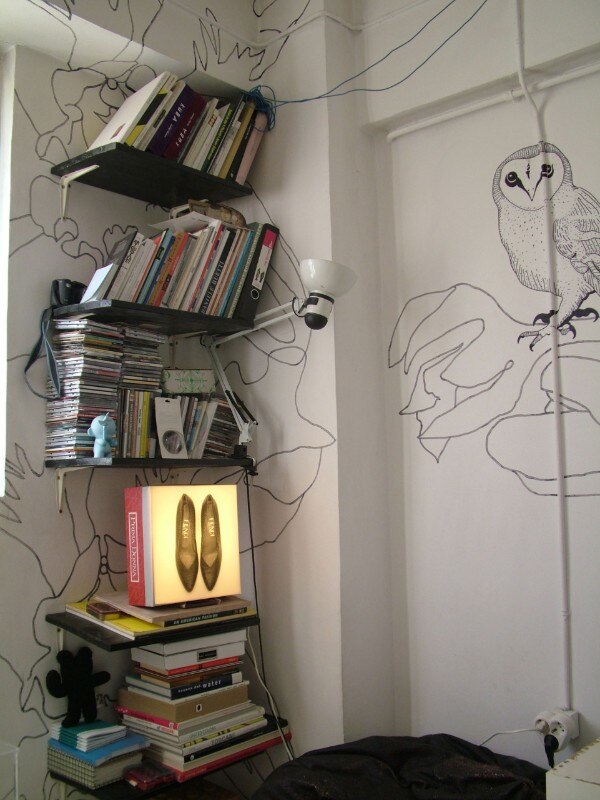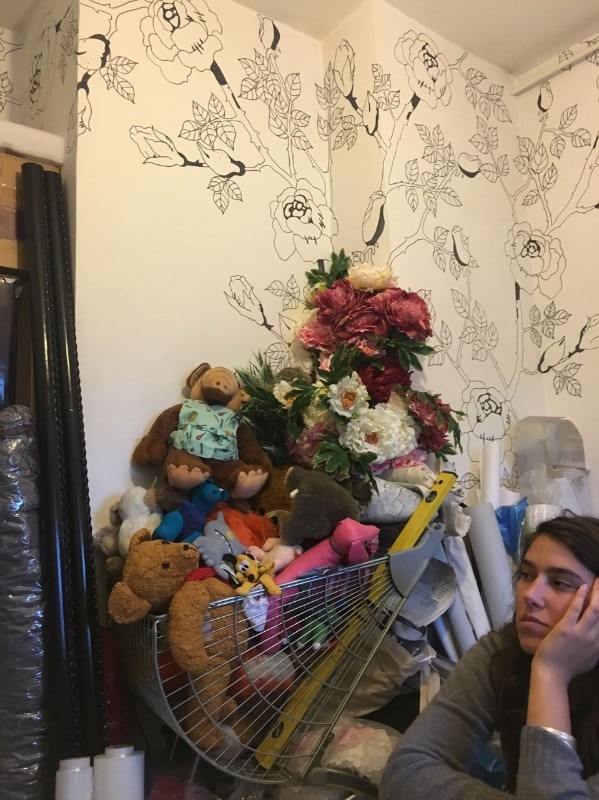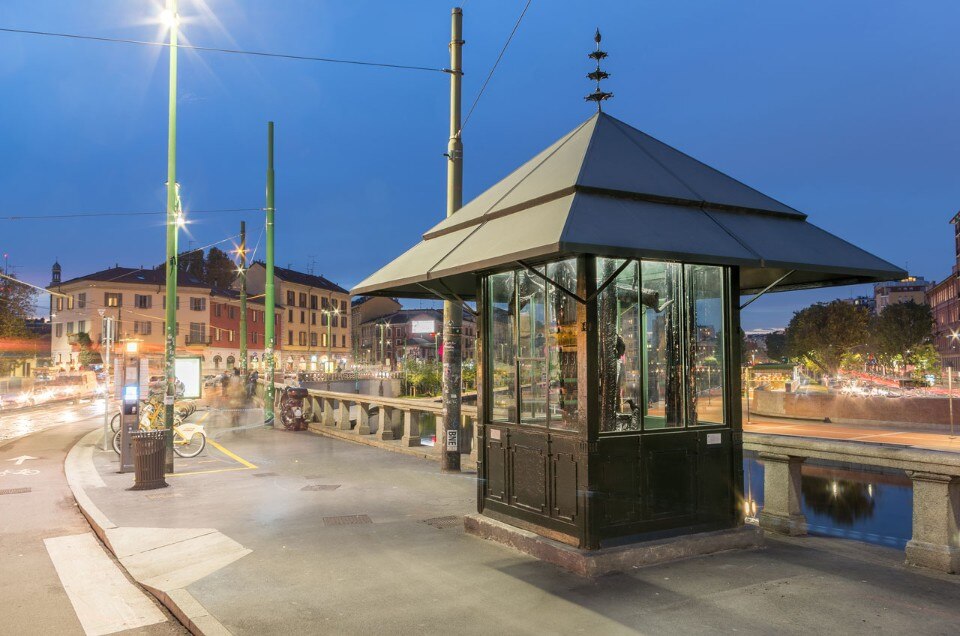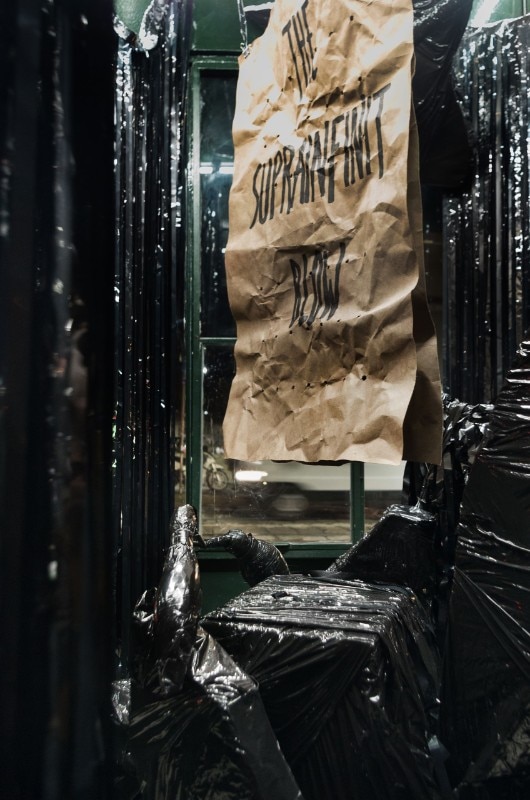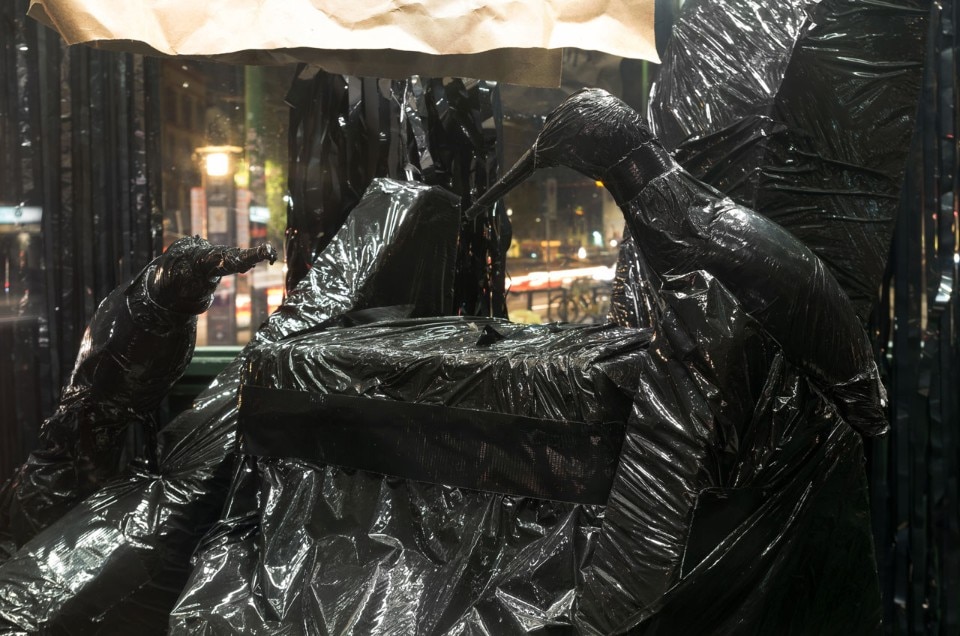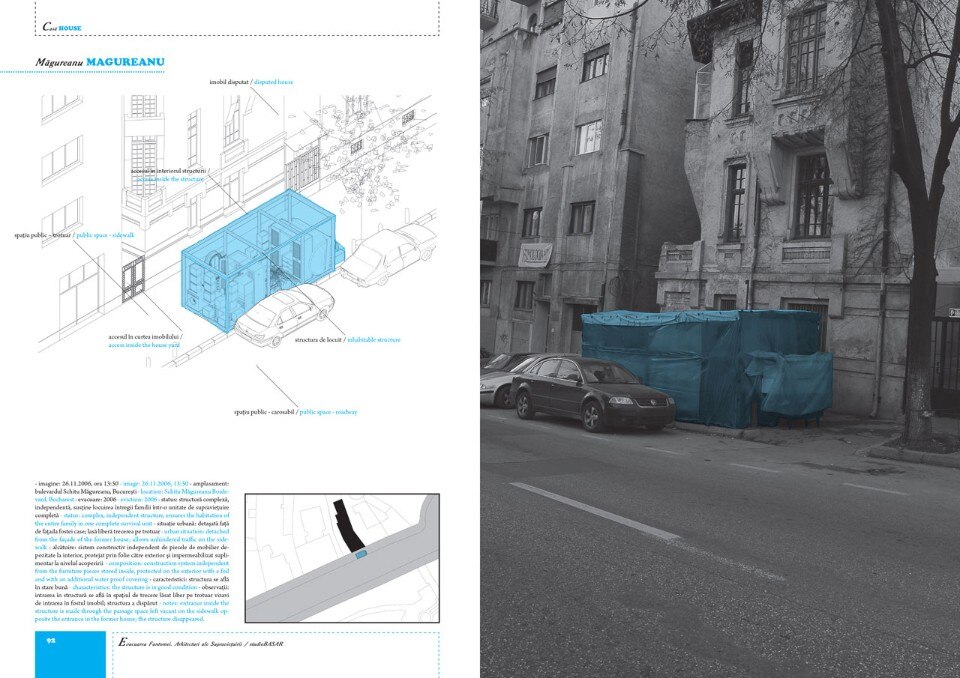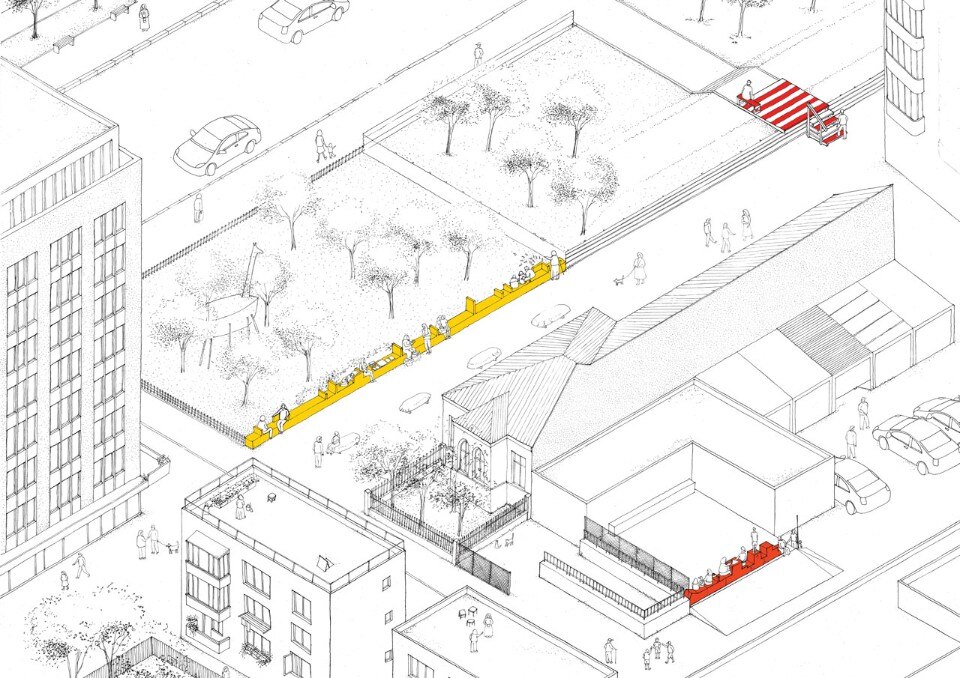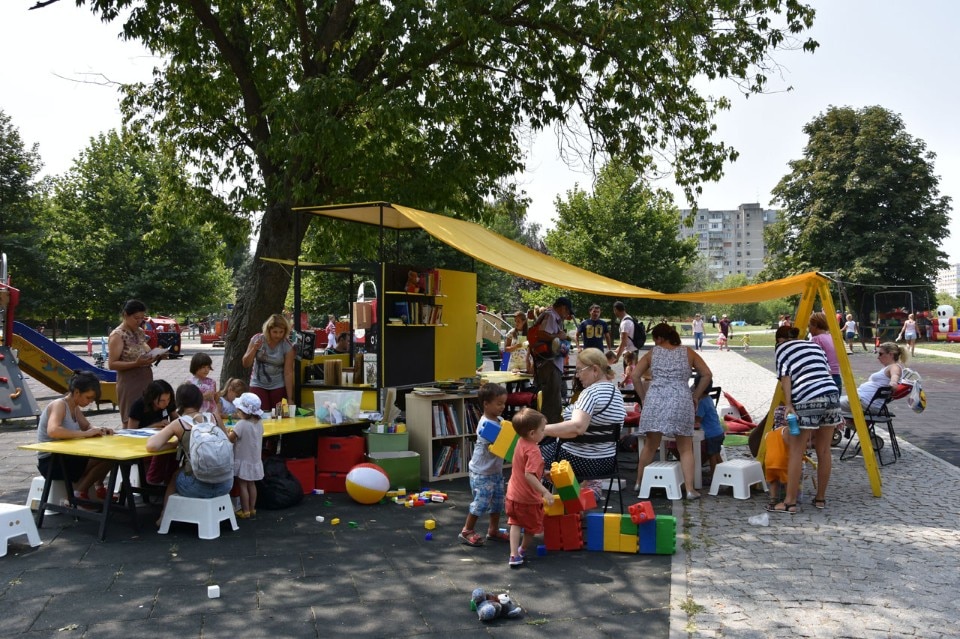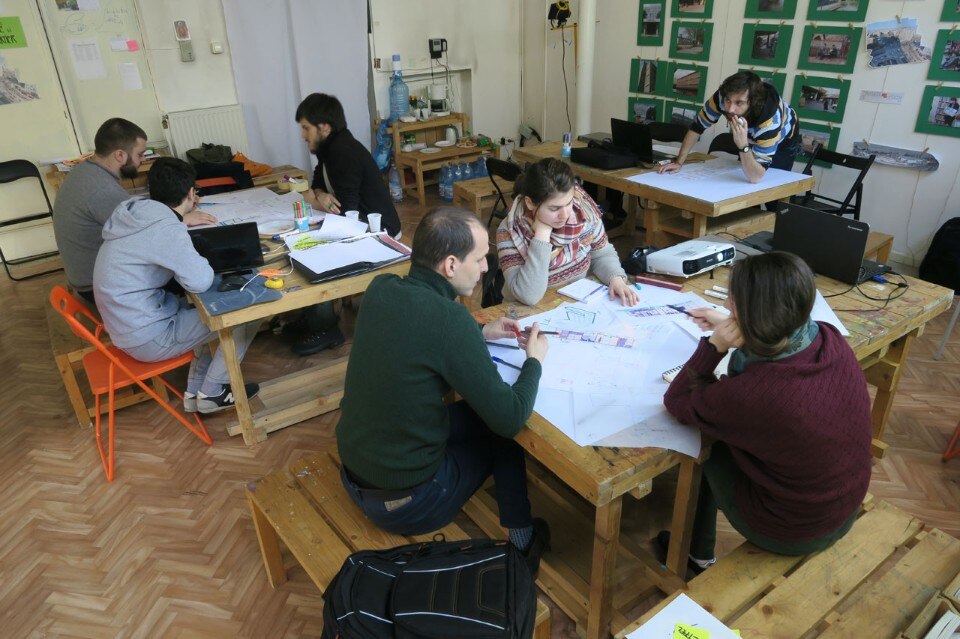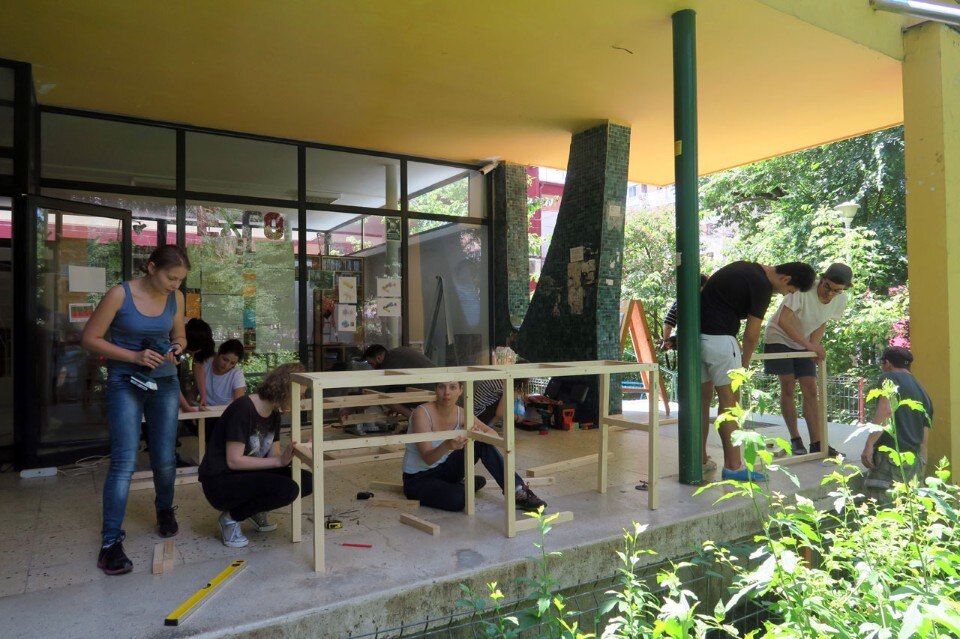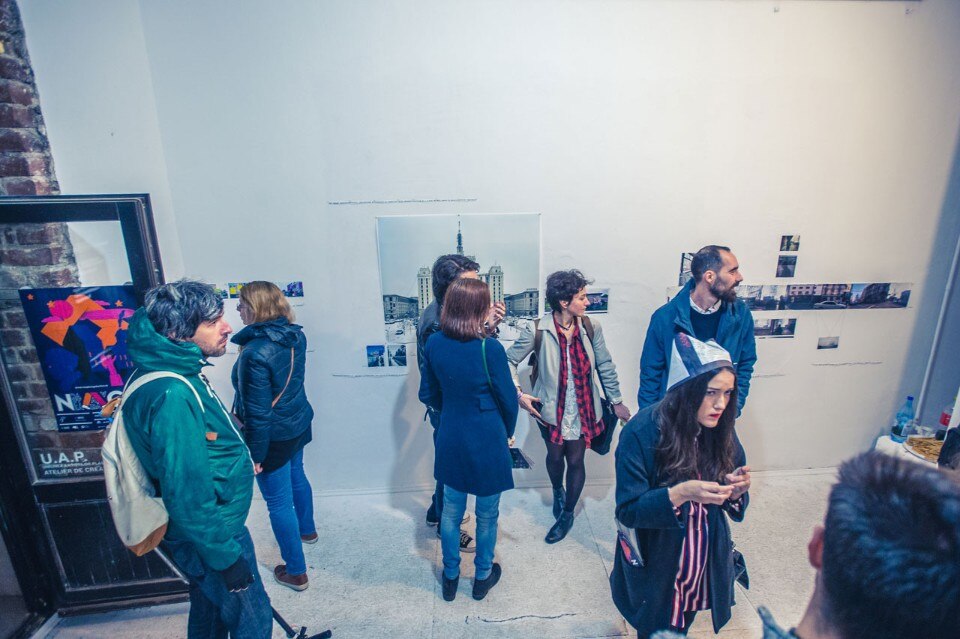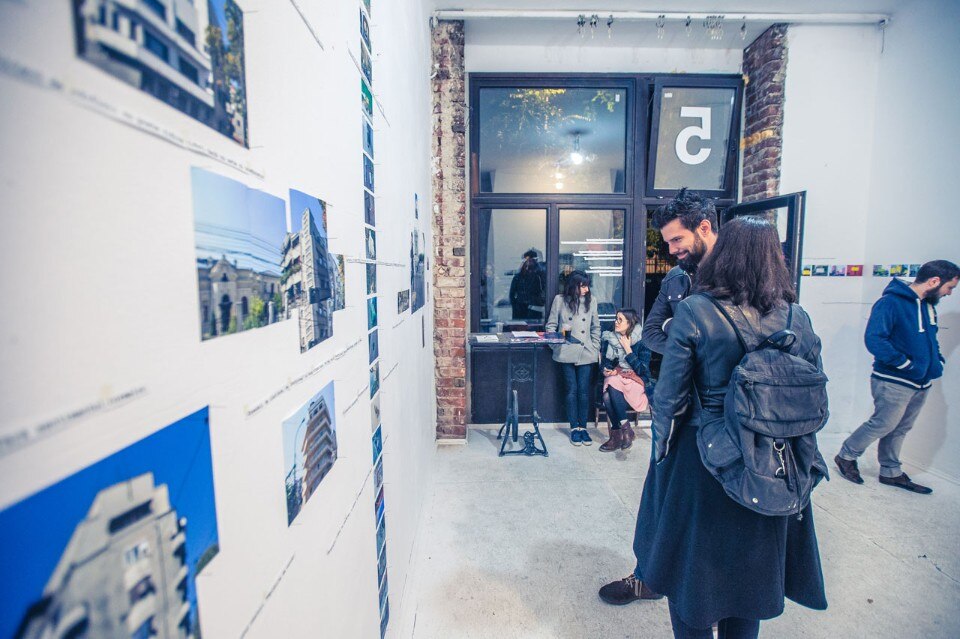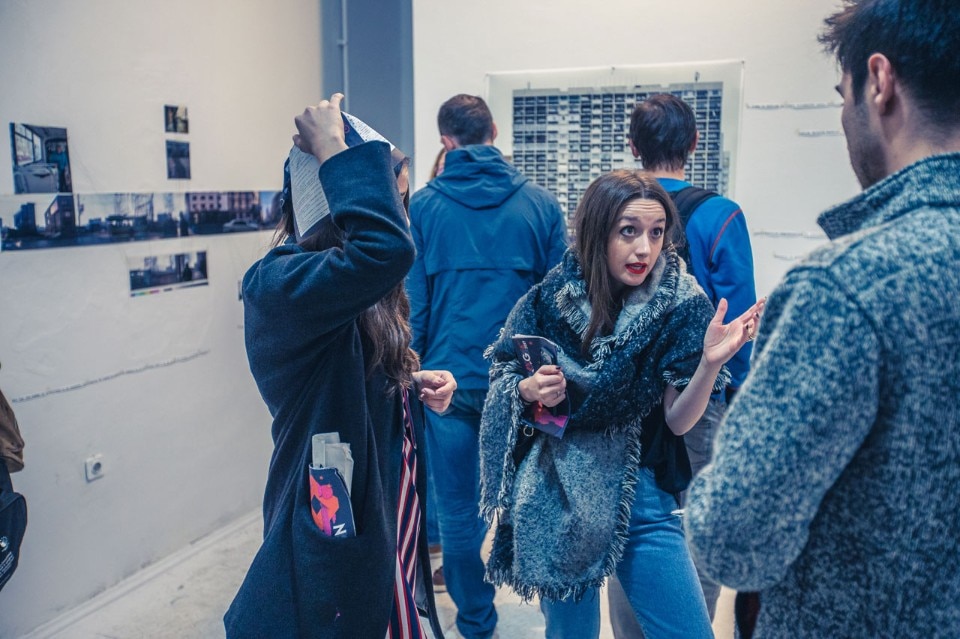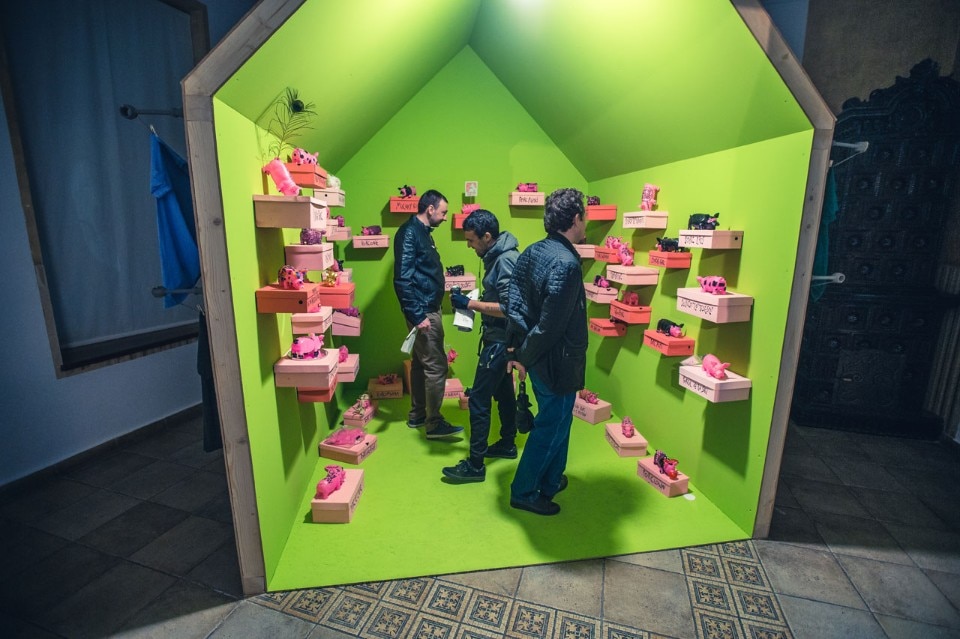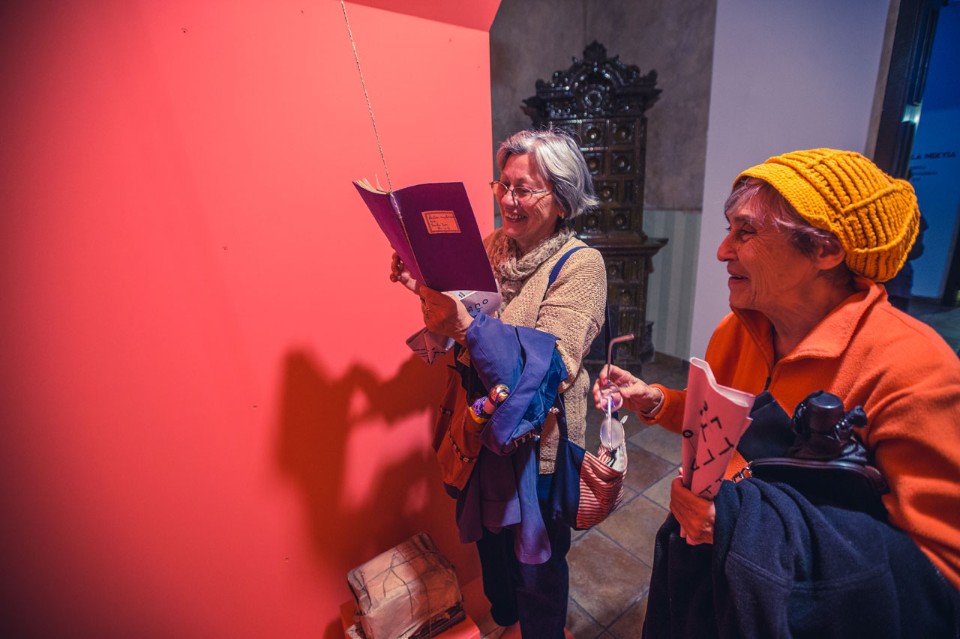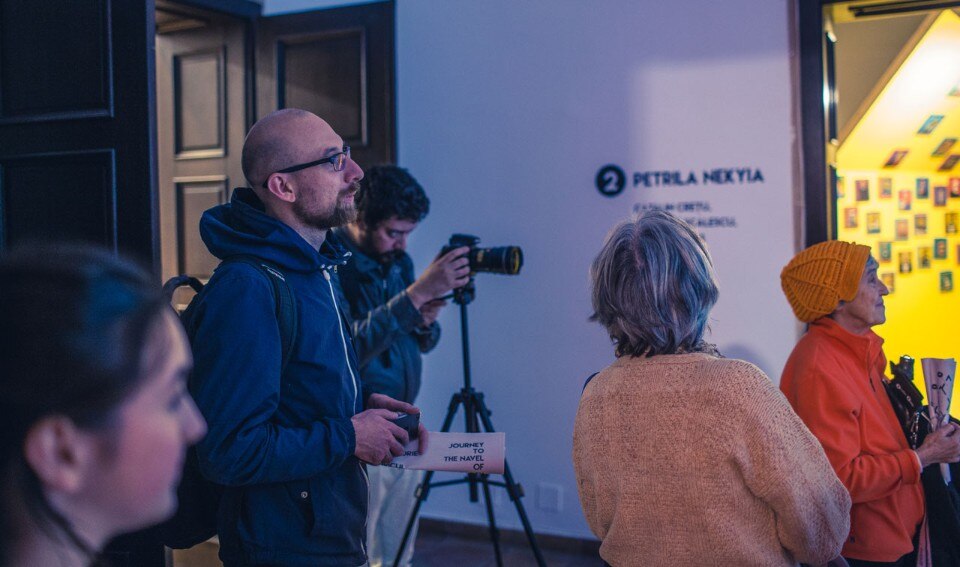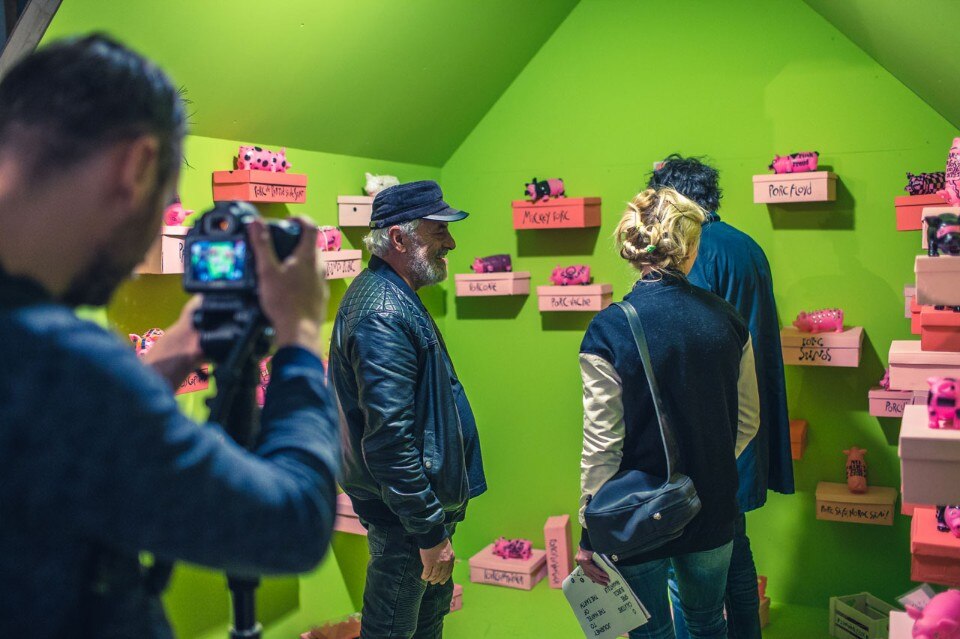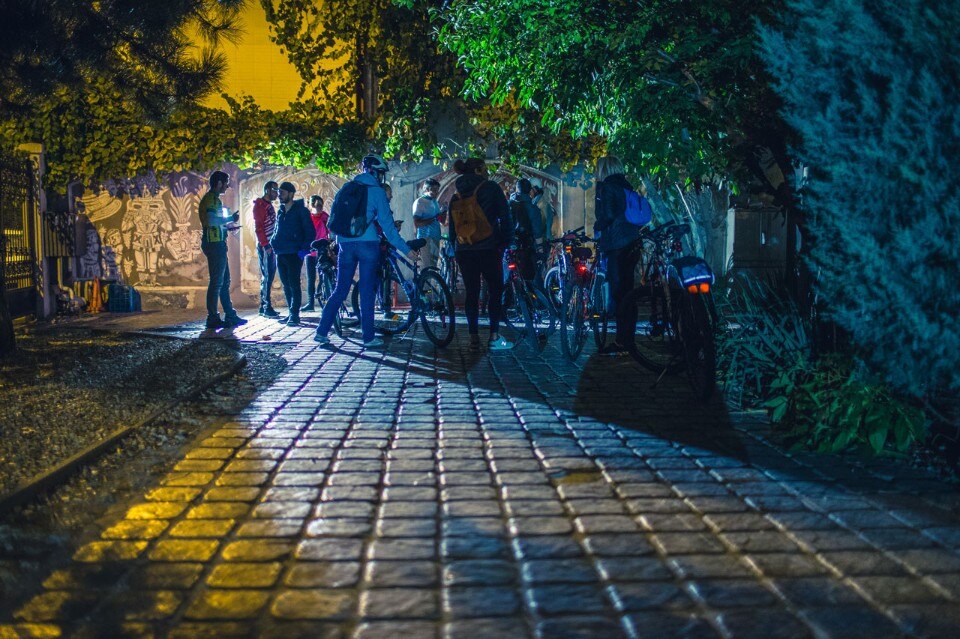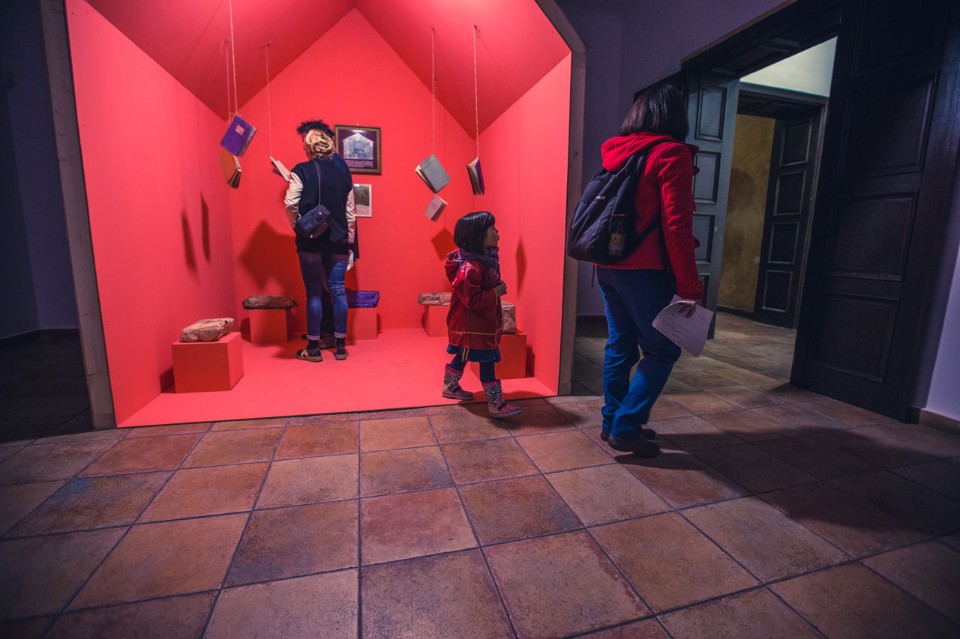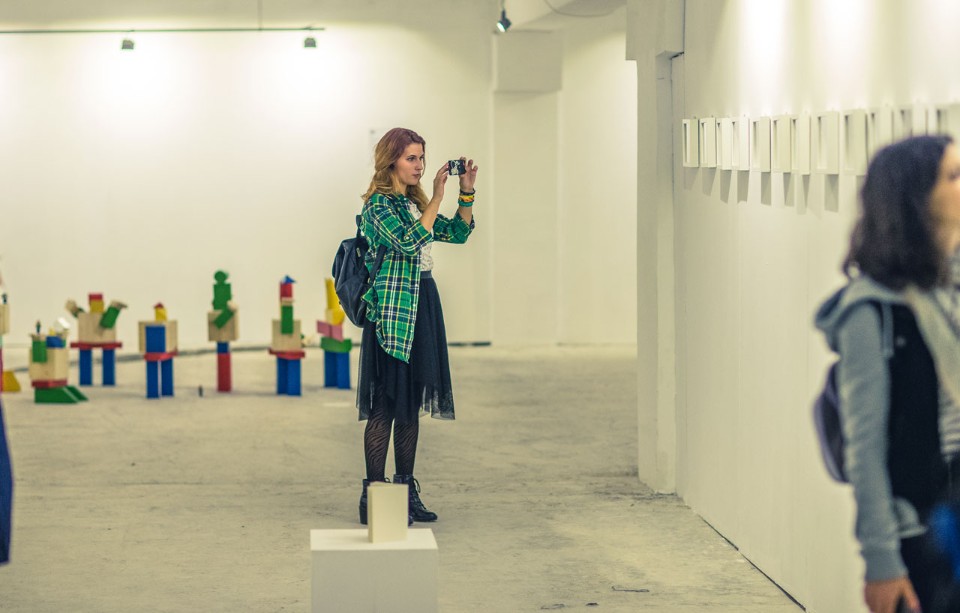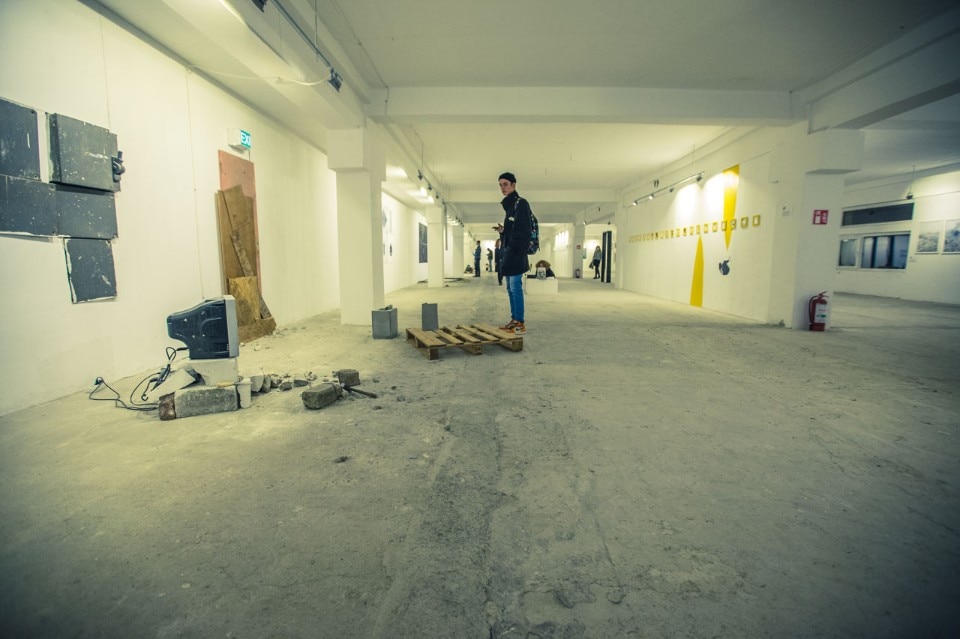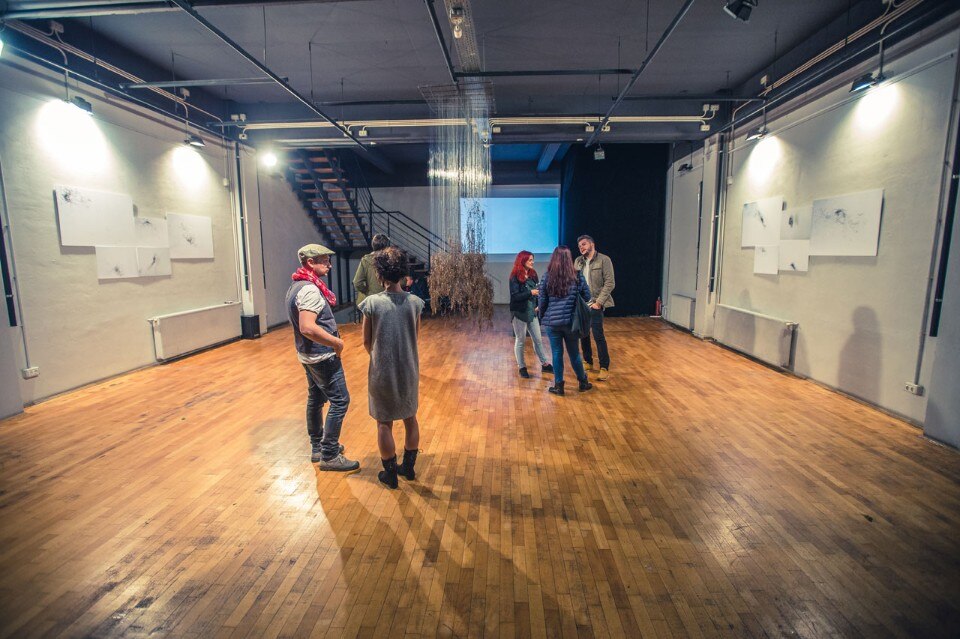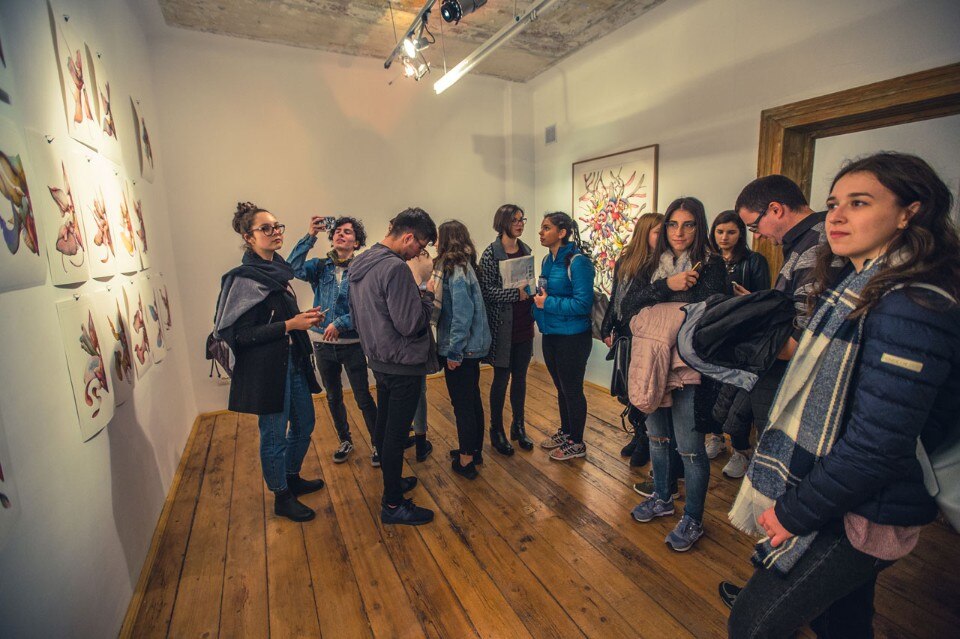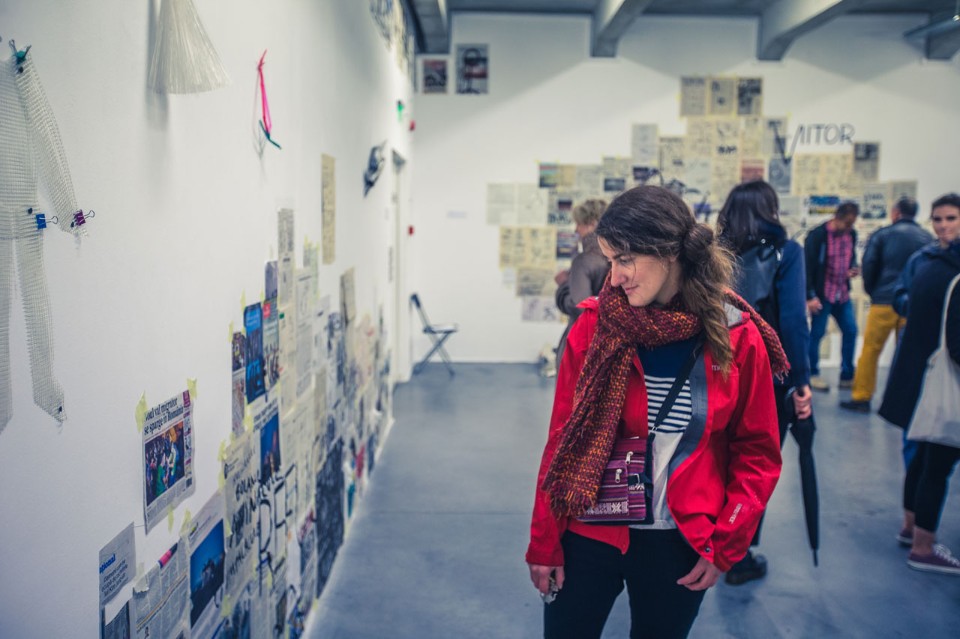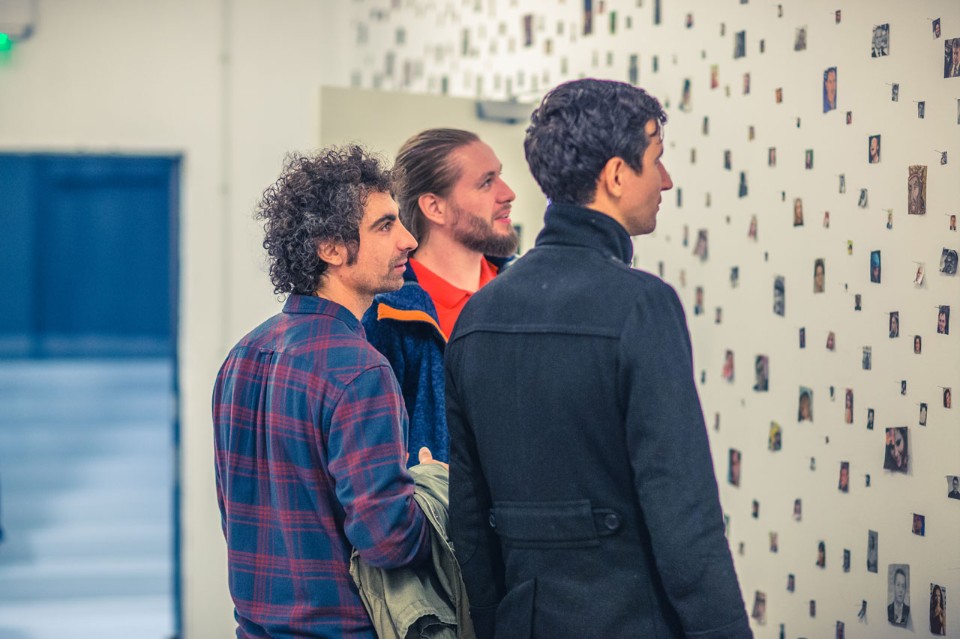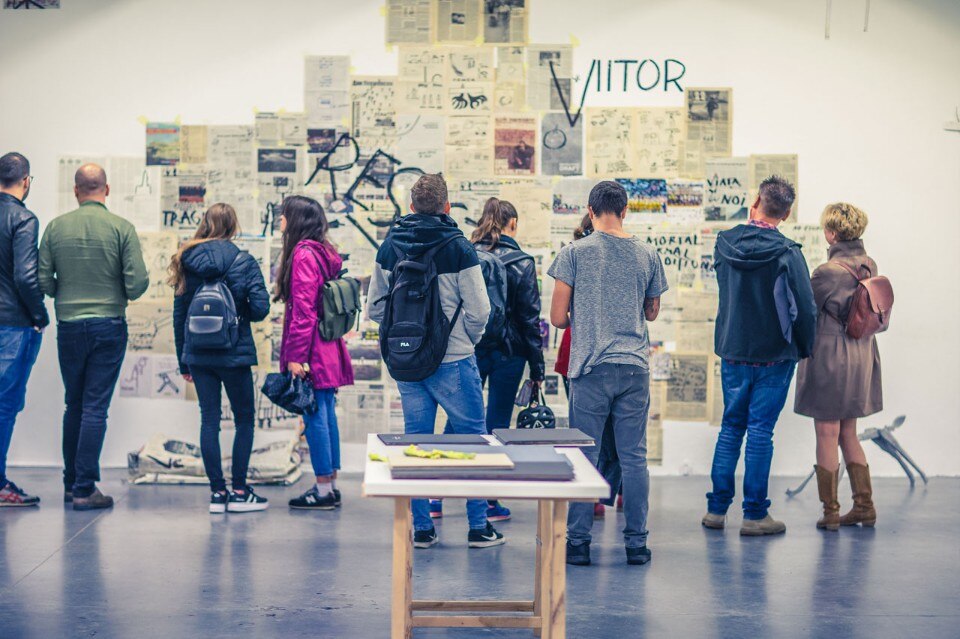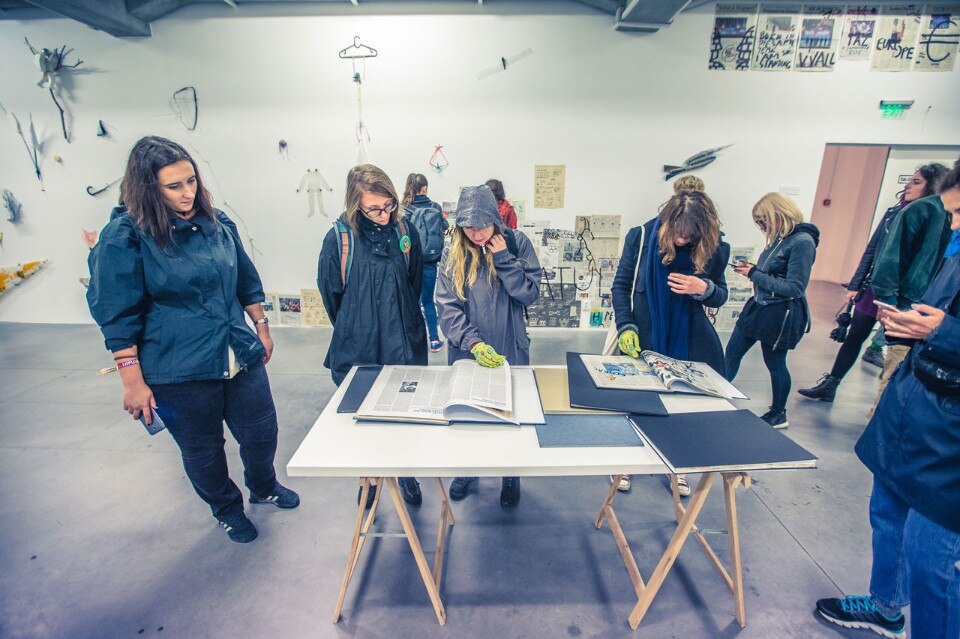Bucharest, Romania’s capital, a megalopolis and economic centre of the country, is an extraordinarily dense city. Its current layout is the result of territorial expropriation and considerable urban renewal. During Communism, Romanian cities – and Bucharest in primis – were in fact systematically rebuilt, varying in intensity and scale, between 1952 and 1989. The process accelerated after the 1977 earthquake and culminated, in expansion and rapidity, during the 1980s.
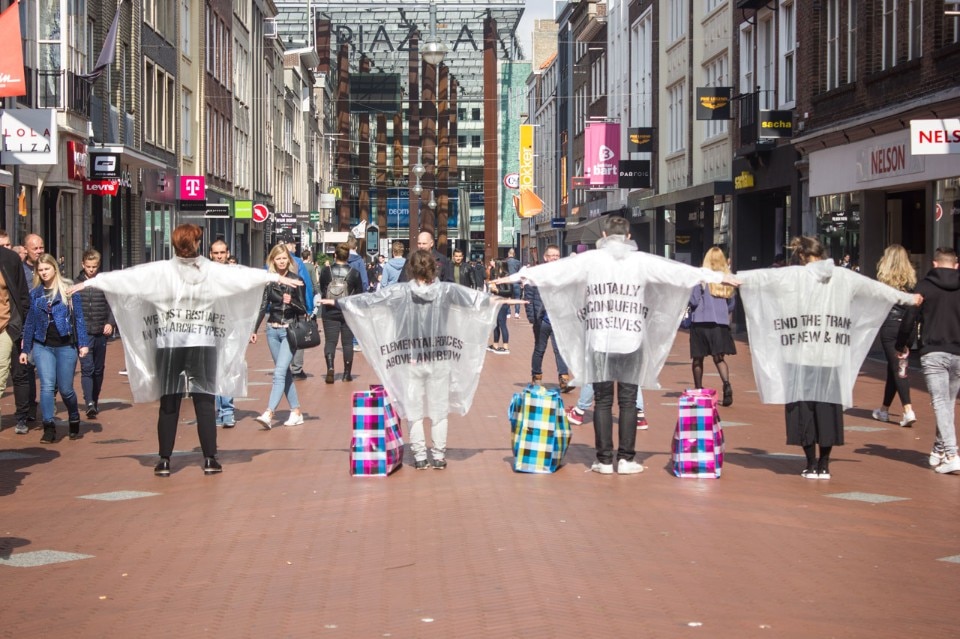
The sign this development, mostly unaffected by local contexts, left upon the urban fabric is very strong: large avenues erased entire neighbourhoods and unscrupulously truncated surrounding roads while enormous blocky constructions, built, in many cases, with shoddy materials today appear dilapidated. A phenomenon of massive housing privatization right after Nicolae Ceaușescu’s regime fell created a new layout with 95% of residential units being privately owned. Public areas annexed to buildings were mostly fenced off and are today under-used. Plus, the turmoil triggered by complaints on the part of previous owners of homes taken over by the State, which generated numerous eviction procedures and, as a consequence, a considerable number of individuals or families who, still today, have no home. At times, these evicted people live right in front of the homes that were once theirs. They literally move their entire flats onto the street, covering them with waterproof tents and inhabiting them, due to no alternatives and as a sign of protest.
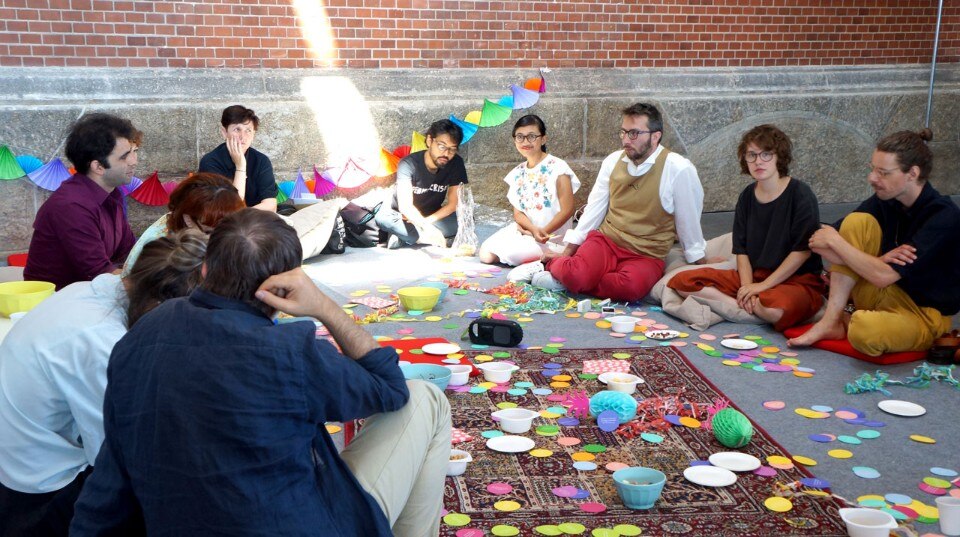
 View gallery
View gallery

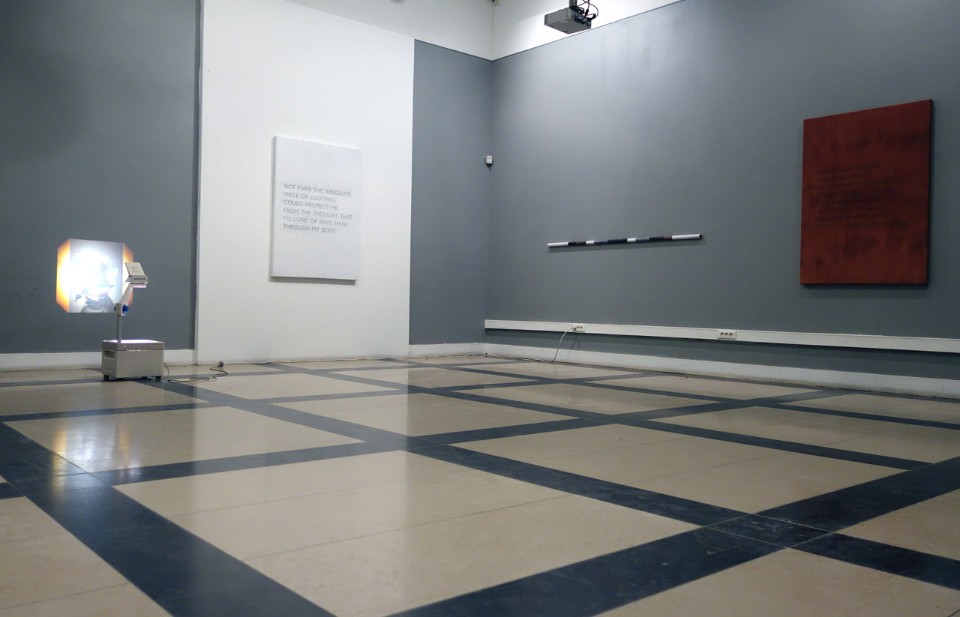
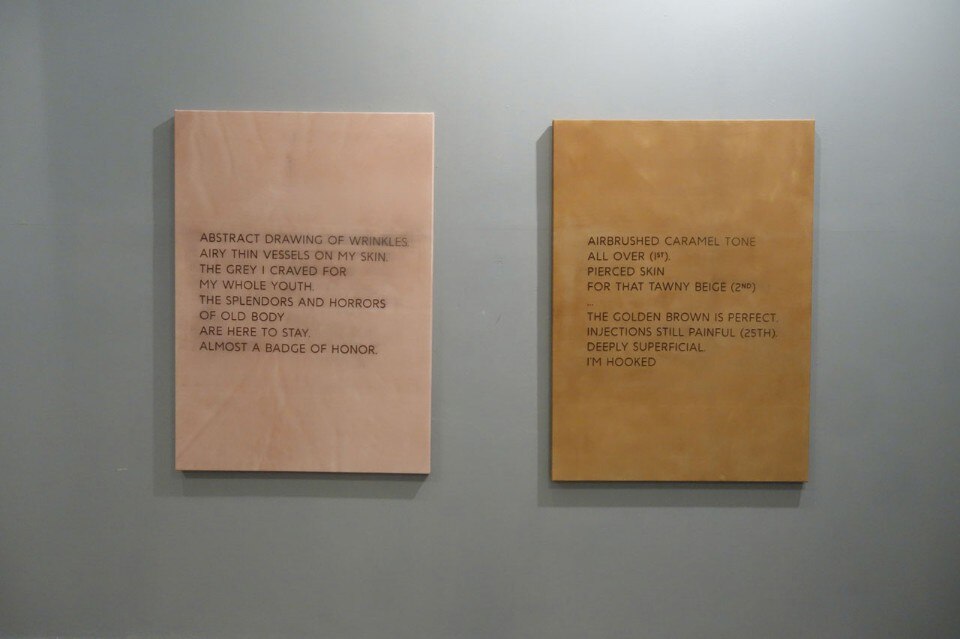
The activities of collectives dedicated to architecture, design and urban planning are grafted onto this city fabric. For example, StudioBASAR. Founded in 2006 by Alex Axinte and Cristi Borcan, StudioBASAR creates public interventions, installations and community activities and conducts research in collaboration with universities and citizen training events: it all starts from the conviction that prompts others to improve the quality of life of the inhabitants. Their efforts include activating public spaces around the city and public libraries in densely populated neighbourhoods built in socialism. There’s also the investigation Evicting the Ghost, which concerns the consequences of forced eviction from formerly expropriated flats.
The country’s history and the city’s transformations, a weak economy and its consequences, are issues that can also be found in the activity of many artists who live in Bucharest. Like Anca Benera & Arnold Estefan, who explore the intermingling of official history and personal accounts. Or like Irina Botea Bucan who, in her videos and performances, examines the country’s socio-political dynamics and the resulting rhetoric, focusing analytically and sensitively on the way in which past events effect the present and influence the future. Or like the collective Apparatus 22, whose multifaceted activities face current themes related to the economy, work and consumerism, precariousness and the perception of cultural activity. Their works are critical, ironic, penetrating. Their studio, inside a typical flat of a residential unit in Bucharest, tends to take over the entire landing: the number of objects makes it an extraordinarily rich microcosm – the bookshelf, which takes up most of the space, is, on its own, a work of intellectual curiosity and knowledge.
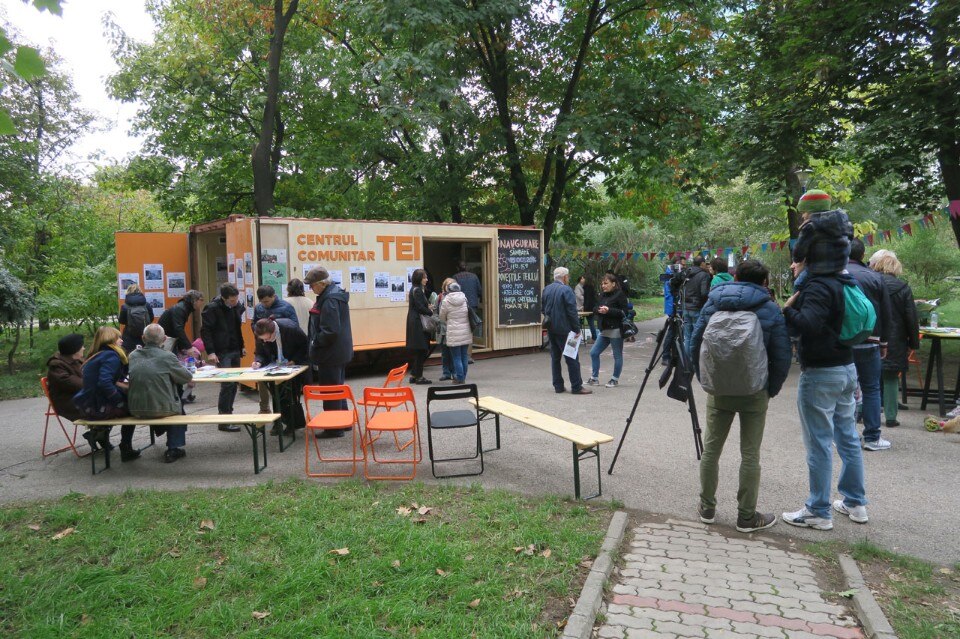
 View gallery
View gallery

Benera & Estefan, Irina Botea Bucan and Apparatus 22, like all international artists, are based in Bucharest, but have a busy lifestyle and rely on the numerous artist residences scattered across the world. Besides, even if Bucharest does not offer prominent institutional contemporary art venues, the city’s liveliness is guaranteed by numerous independent spaces. Like Salonul de Proiecte, a curating programme begun in 2011 and today found in the lovely modernist building of the Universal Printing House. Or the small space of the publishing house/book shop specialised in contemporary art, P-U-N-C-H, managed by Radu Lesevschi, who also created the international residence programme ARC Bucharest.
Rezidenta9 seems more structured and is supported by the Groupe Société Générale that aims to transform it into a venue devoted to artists from the latest generations. It is curated by Suzana Dan, an artist as well as the owner of A5 Studio Space, a small space overlooking the street, used as a personal studio, exhibition venue and main office of the Ephemair association. Sandwich is also informal and extremely minimal: an outdoor space, narrow and long like a corridor, managed by an art collective including Alex Niculescu, Cristian Răduță and Marian Zidaru. Sandwich is part of a large site that during the Communist era hosted foundries, paint factories, labs and studios of artists affiliated with the Artist Union. Today, rediscovered by new generations, this place once again hosts ateliers and galleries, like the Nicodim Gallery. The most cutting-edge artists coexist here with more traditional studios. Over the past years, it has distinguished itself, thanks to its programme and support from international artists, like Dan Perjovschi.
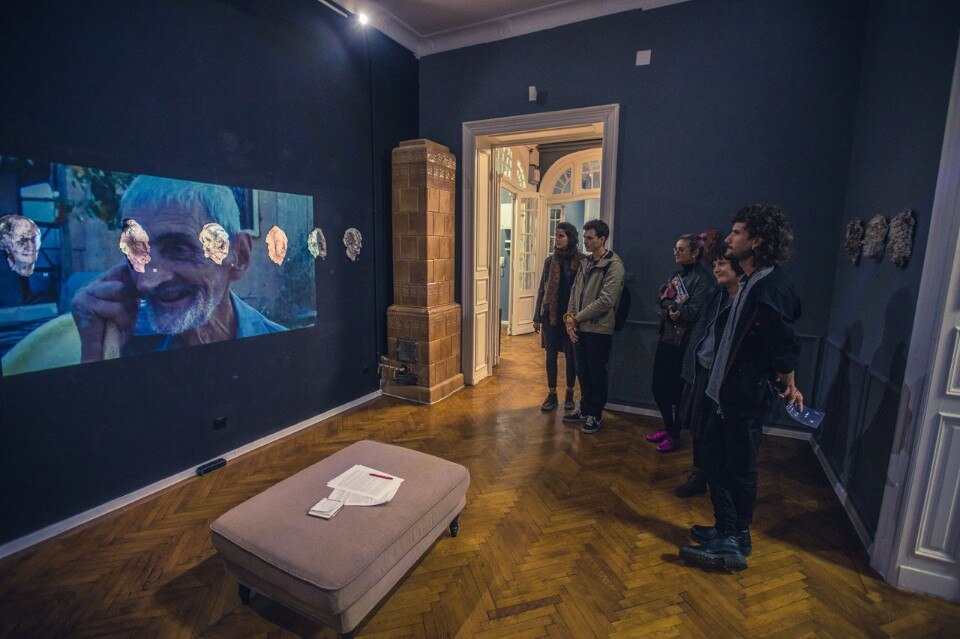
 View gallery
View gallery
The studio, in Bucharest, is unquestionably a topic of reflection. It’s no coincidence that one of the greatest Romanian artists still alive, Geta Brătescu, who this year represented her country at the Venice Biennale, has always made it a focus of her practice. In fact, her studio is a microcosm of freedom in which art and life, public and private, physical and spiritual come together and take on meaning. This artist, who is almost ninety but still hard at work, spends her time in this studio. Meanwhile, outside, the city is alive, with its contradictions and its surprises. Like the flat hosting the up-and-coming gallery Anca Poterasu: small rooms on two floors, with fragments of paintings that emerge from under layers of whitewash and windows that overlook the romantic courtyard of a low-rise building. A whole other sight with respect to uneven sidewalks and tangled electrical cables that dominate the rest of the capital.


